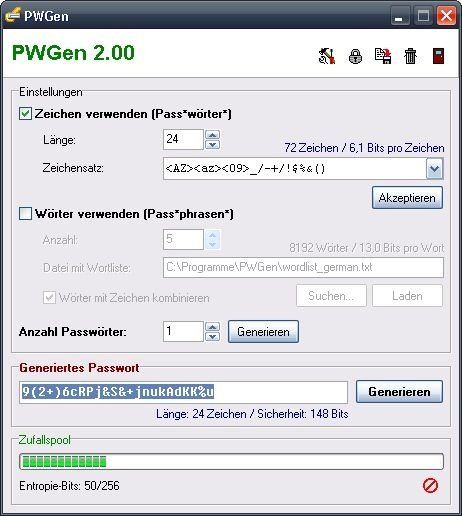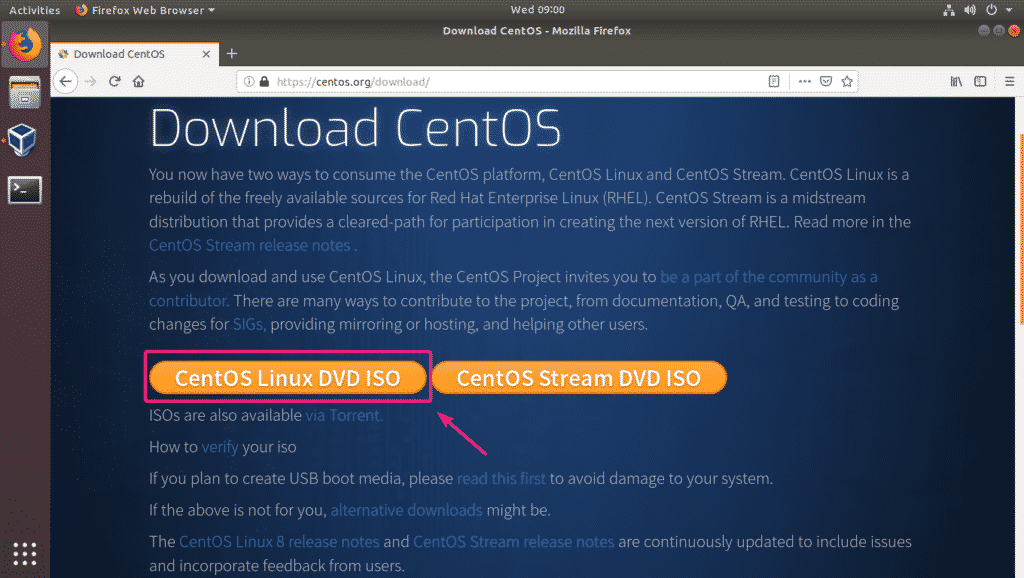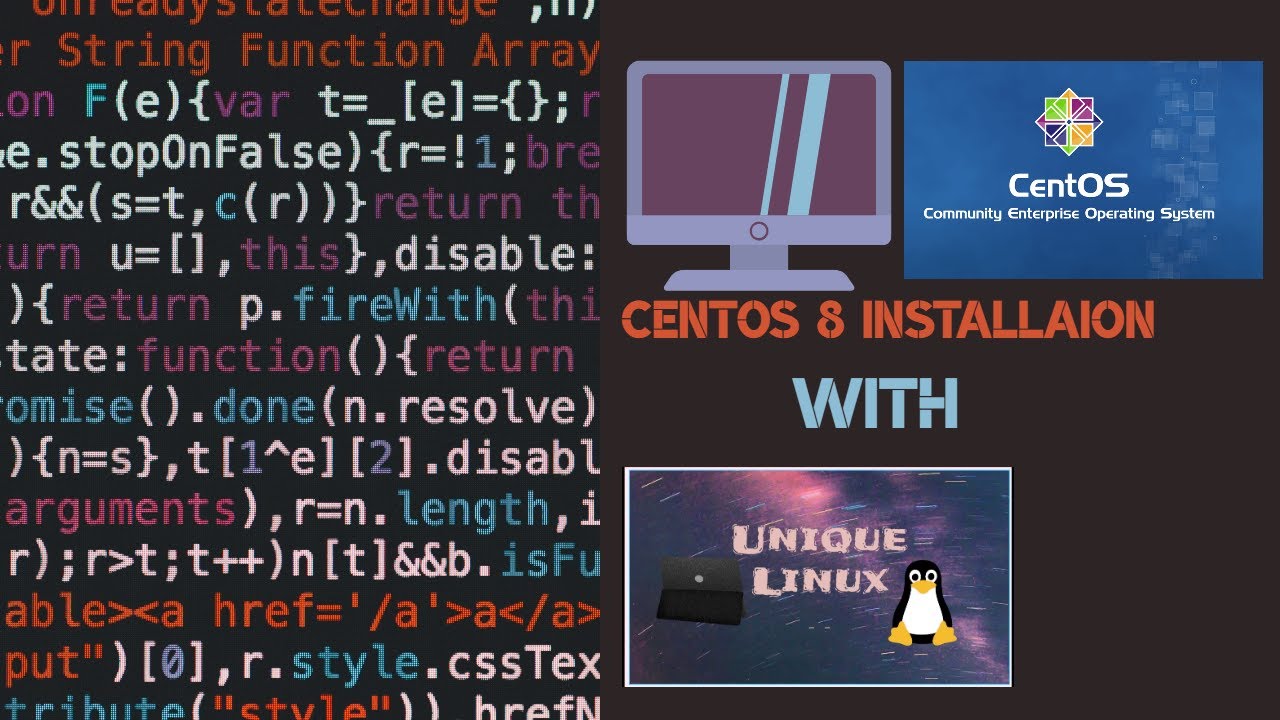

- #PWGEN CENTOS 8 FOR FREE#
- #PWGEN CENTOS 8 HOW TO#
- #PWGEN CENTOS 8 INSTALL#
- #PWGEN CENTOS 8 GENERATOR#
Php 7.2 common, devel, minimal PHP scripting language

Safe Remi's RPM repository for Enterprise Linux 8 - x86_64 943 kB/s | 1.6 MB 00:01 Remi's Modular repository for Enterprise Linux 8 - x86_64 455 kB/s | 732 kB 00:01 You can see all PHP versions in the following output: CentOS Linux 8 - AppStream 1.7 MB/s | 6.3 MB 00:03ĬentOS Linux 8 - BaseOS 8.5 MB/s | 2.3 MB 00:00 Once installed, run the following command to list all available PHP versions: dnf module list php
#PWGEN CENTOS 8 INSTALL#
Both PHP versions are not available in the CentOS 8 default repository, so you will need to add EPEL and REMI repository to your system.įirst, add both repositories using the command below: dnf install sysPass is compatible with PHP version 7.3 to 7.4. SysPass is written in the PHP language, so you will need to install PHP and other required PHP extensions in your system. If everything is fine, you should see the Apache webserver test page as shown below: Now, open your web browser and type the URL to test the Apache webserver. If not installed, you can install the Apache webserver using the command below: dnf install httpd -yĪfter the successful installation, start the Apache web service and enable it to start at system reboot: systemctl start httpd So Apache or Nginx web server must be installed in your system. dnf update -y Step 2 – Install Apache Web Server Once you are logged in to your CentOS 8 server, run the following command to update your base system with the latest available packages. Connect to your Cloud Server via SSH and log in using the credentials highlighted at the top of the page. Create a new server, choosing CentOS 8 as the operating system with at least 2GB RAM. Step 1 – Create Atlantic.Net Cloud Serverįirst, log in to your Atlantic.Net Cloud Server. A root password configured on your server.A valid domain name pointed to your server.A fresh CentOS 8 server on the Atlantic.Net Cloud Platform.
#PWGEN CENTOS 8 HOW TO#
In this tutorial, we will show you how to install the sysPass password manager on CentOS 8 operating system. It is written in PHP, providing password management securely and collaboratively. sysPass provides a simple and user-friendly web interface to generate and manage all passwords. It is cross-platform and available through a web app, mobile app, and browser extension.
#PWGEN CENTOS 8 FOR FREE#
#PWGEN CENTOS 8 GENERATOR#
We can easily use the password generator to create a strong password for various websites or Add the one manually. If you already have an account with Dashlane then use the Login button otherwise create a new one.įinally, the Dashlane password will be on your Linux system.

To use the password manager, you will see an icon in the browser address bar, on the right side. If you also want to use the Dashlane in Incognito or Private mode of the browser, then check the box given in front of “ Allow this extension to run in Private Windows” and then click the OK button. Get Dashlane extension for Firefox on LinuxĪ pop-up will appear to install the Dashlane Browser extension in Mozilla Firefox or Chromium, just click on the Add button. It will automatically detect that you are on Linux and give you the option “ Get Dashlane for Firefox” in the browser. The second step is to visit the official website of Dashlane and then the Download page. Those are on Chromium or Google Chrome they can use that. It could be Firefox or any other based on it. Simply go to the applications and open the browser. all of them can install the Dashlane password manager using the steps given below.

All the Linux operating systems come default with Mozilla browser or Chromium, therefore whether it is CentOS, RedHat, Linux Mint, Debian, OpenSUSE, Ubuntu 19/18/17/16/14… etc. It is doesn’t matter which Linux version or flavor you are using. Add password Install Dashlane in Ubuntu 20.04 Linux


 0 kommentar(er)
0 kommentar(er)
